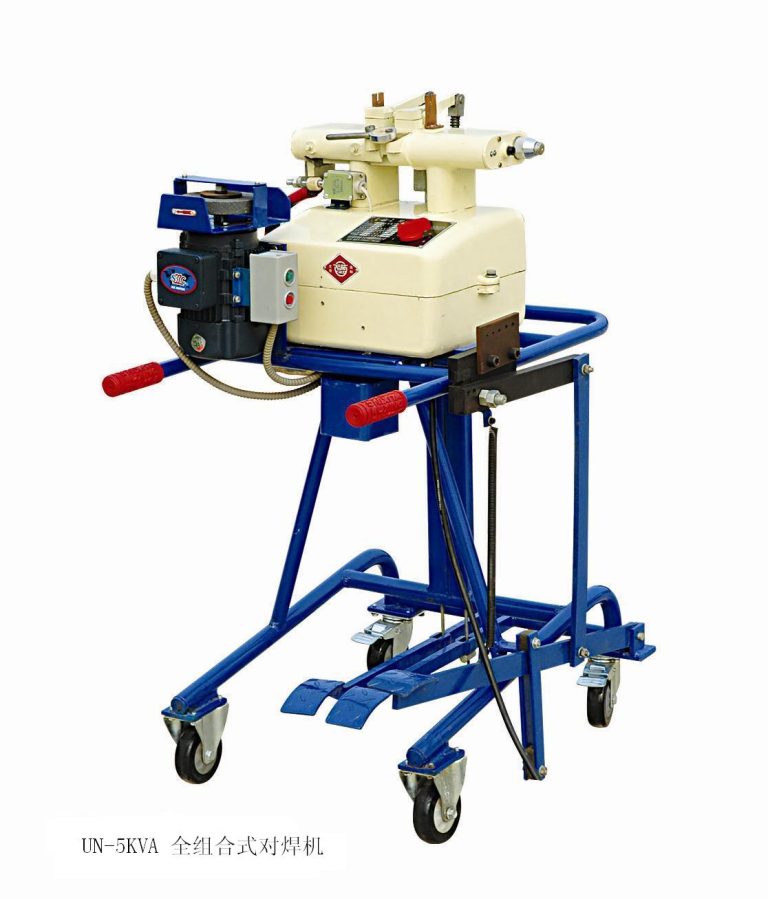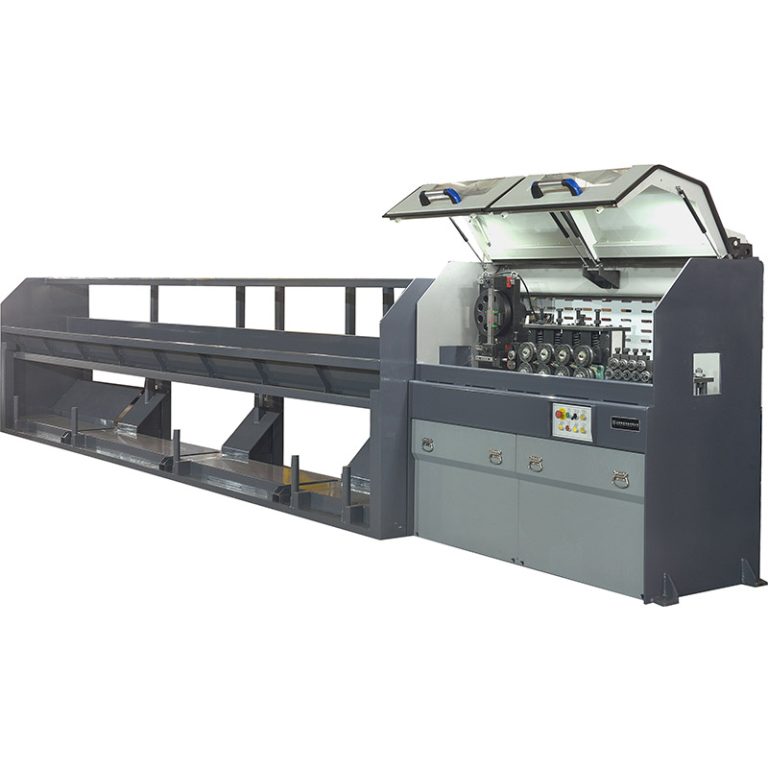Tips and Tricks for Maximizing Efficiency with Dead Block Coiler Operations
Dead block coilers are an essential piece of equipment in the wire and cable industry, used for coiling finished products onto spools or reels. These machines play a crucial role in the production process, as they help to ensure that the final product is neatly wound and ready for shipping or further processing. However, like any piece of machinery, Horizontal Drawing Dead Block coilers require proper maintenance and operation to maximize efficiency and productivity.
One of the key tips for maximizing efficiency with dead block coiler operations is to ensure that the machine is properly set up and calibrated. This includes adjusting the tension settings, speed controls, and other parameters to match the specific requirements of the product being coiled. By taking the time to properly set up the machine, operators can avoid issues such as uneven winding, slippage, or other problems that can lead to downtime and decreased productivity.
Another important tip is to regularly inspect and maintain the steel wire dead block coiler to prevent breakdowns and ensure smooth operation. This includes checking for worn or damaged parts, lubricating moving components, and cleaning the machine to remove any debris or buildup that could affect performance. By staying on top of maintenance tasks, operators can help to extend the life of the machine and avoid costly repairs or replacements.

In addition to proper setup and maintenance, operators can also maximize efficiency with dead block coiler operations by optimizing their workflow and production processes. This includes organizing workstations for easy access to materials and tools, streamlining production schedules to minimize downtime, and training operators on best practices for operating the machine. By creating a well-organized and efficient work environment, companies can improve productivity and reduce waste in their coiling operations.
One common challenge with dead block coilers is managing the tension of the wire or cable being coiled. Improper tension can lead to issues such as overwinding, stretching, or breakage, which can affect the quality of the final product. To address this challenge, operators can use tension control devices or sensors to monitor and adjust tension levels in real-time, ensuring that the coiling process is consistent and reliable.
Another tip for maximizing efficiency with Wire Dead Block Coiler Machine operations is to invest in training and development for operators. By providing comprehensive training on machine operation, maintenance, and troubleshooting, companies can empower their employees to make informed decisions and take proactive steps to improve performance. Additionally, ongoing training can help operators stay up-to-date on the latest technologies and best practices in coiling operations, ensuring that they are equipped to handle any challenges that may arise.

In conclusion, dead block coilers are a critical piece of equipment in the wire and cable industry, and proper maintenance and operation are essential for maximizing efficiency and productivity. By following these tips and tricks, companies can optimize their coiling operations, reduce downtime, and improve the quality of their finished products. With a focus on setup, maintenance, workflow optimization, tension control, and operator training, companies can ensure that their dead block coilers are running at peak performance and delivering consistent results.
Exploring the History and Evolution of Dead Block Coiler Technology
Dead block coilers have played a significant role in the history of the steel industry, revolutionizing the way steel coils are produced and handled. These machines have evolved over the years, becoming more efficient and versatile to meet the demands of modern steel production. In this article, we will explore the history and evolution of dead block coiler technology, tracing its development from its early beginnings to the present day.
The concept of Static coiler dead block machines coiling dates back to the early 20th century when steel manufacturers were looking for ways to improve the efficiency of their coil handling processes. The first dead block coilers were simple machines that used a series of rollers to guide the steel coil as it was wound onto a mandrel. These early machines were manually operated and required a great deal of skill and precision to produce high-quality coils.
As technology advanced, so did the design of dead block coilers. In the 1960s, hydraulic systems were introduced to automate the coiling process, making it faster and more efficient. This innovation allowed steel manufacturers to increase their production capacity and produce coils of a higher quality. The introduction of computerized controls in the 1980s further improved the accuracy and consistency of coil winding, leading to even greater efficiency and productivity.

Today, dead block coilers are essential components of modern steel mills, handling coils of various sizes and thicknesses with ease. These machines are capable of coiling steel at high speeds, ensuring that production targets are met and quality standards are maintained. The latest advancements in dead block coiler technology have focused on improving energy efficiency and reducing maintenance requirements, making them even more cost-effective for steel manufacturers.
One of the key advantages of dead block coilers is their ability to handle coils of different sizes and weights without the need for manual adjustments. This flexibility allows steel manufacturers to produce a wide range of coil sizes to meet the diverse needs of their customers. Dead block coilers are also designed to minimize downtime and reduce the risk of coil damage, ensuring that production runs smoothly and efficiently.
In addition to their efficiency and versatility, dead block coilers are also known for their safety features. These machines are equipped with sensors and alarms to alert operators to any potential issues, such as coil slippage or mandrel misalignment. This helps to prevent accidents and injuries in the workplace, ensuring a safe working environment for all employees.
As the steel industry continues to evolve, so too will dead block coiler technology. Manufacturers are constantly looking for ways to improve the efficiency and performance of these machines, incorporating the latest advancements in automation and control systems. With their ability to handle coils of various sizes and thicknesses with precision and speed, dead block coilers will remain essential tools for steel manufacturers around the world.
In conclusion, dead block coilers have come a long way since their early beginnings, evolving into sophisticated machines that play a crucial role in modern steel production. With their efficiency, versatility, and safety features, these machines have revolutionized the way steel coils are produced and handled, helping manufacturers meet the demands of a rapidly changing industry. As technology continues to advance, we can expect to see further innovations in dead block coiler technology, ensuring that steel manufacturers remain at the forefront of the industry for years to come.






